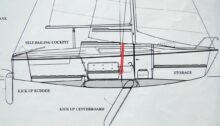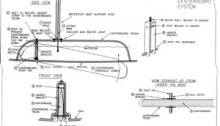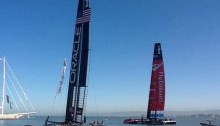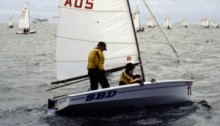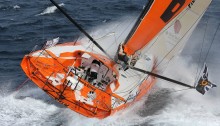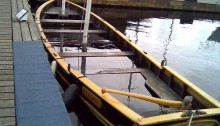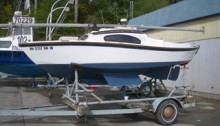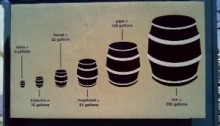Seasickness
Seasickness is a condition caused by the confusion between different parts of the balance mechanism in the body. It occurs when the brain receives conflicting signals from the inner ear’s vestibular system, which senses motion and gravity, and other sensory inputs like vision. This sensory mismatch leads to symptoms such as nausea, headaches, dizziness, and fatigue3. Seasickness is a common issue for individuals on boats due to the conflicting signals received by the brain when the body registers motion but the eyes perceive stability.
